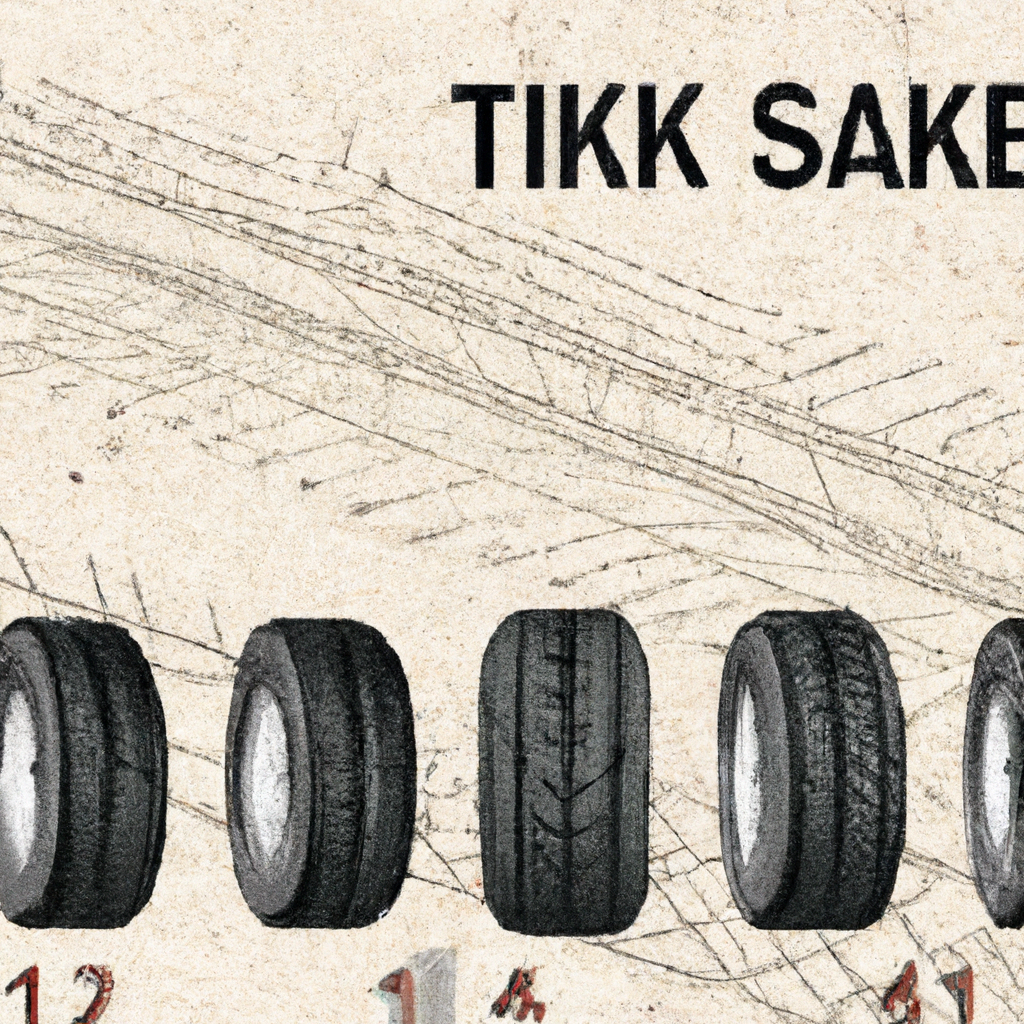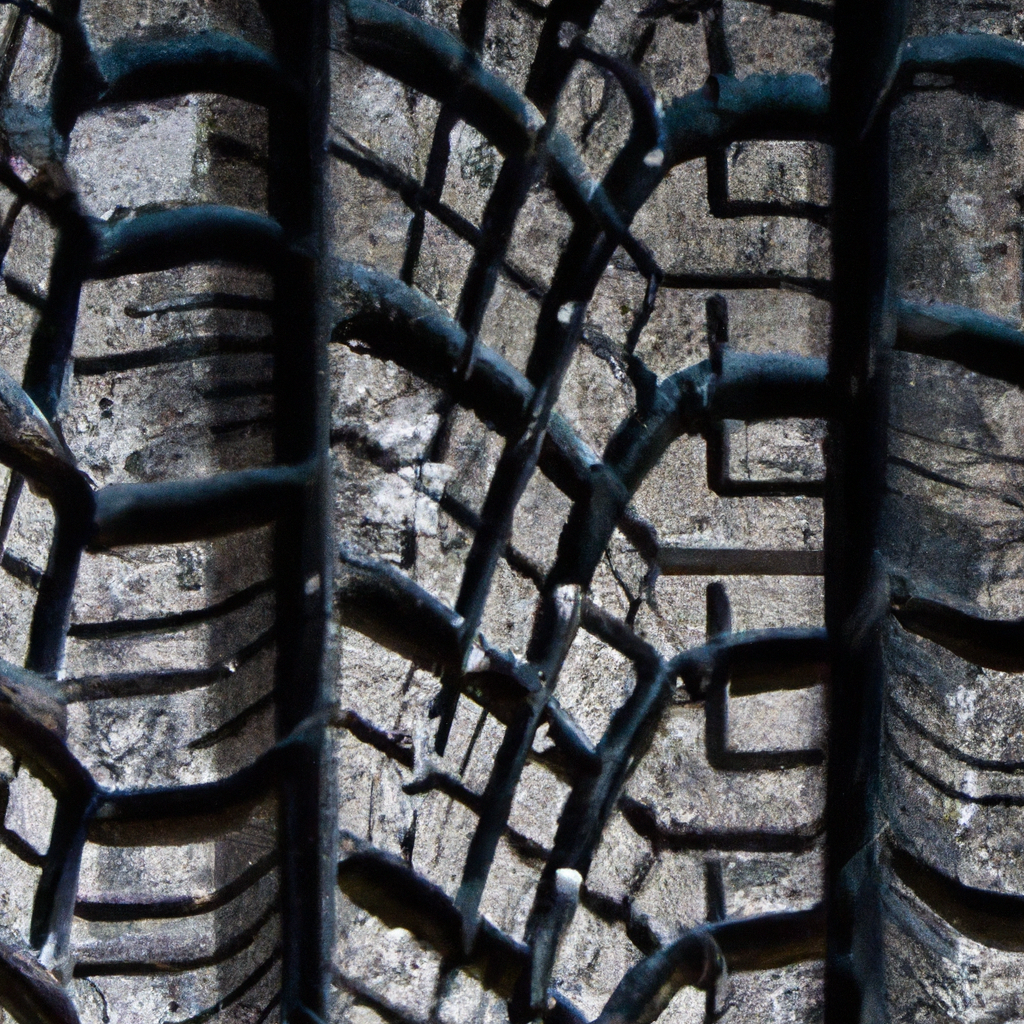When it comes to navigating icy and snowy roads, the right tires can mean the difference between a smooth journey and a slippery nightmare. But with so many tread patterns to choose from, how do you know which ones are most effective for winter driving? In this article, we’ll explore the various tread patterns available for winter tires and shed some light on the ones that provide optimal traction and stability in cold and treacherous conditions. So, if you’re gearing up for the winter months ahead, read on to discover the tread patterns that will keep you safe and secure on the road.
Tread Patterns for Winter Tires
When it comes to choosing winter tires, the tread pattern plays a crucial role in determining their effectiveness in snow and ice conditions. There are several different types of tread patterns available, each with its own unique characteristics and benefits. In this comprehensive article, we will explore the various tread patterns for winter tires, discuss the factors to consider when choosing the right one for your vehicle, and delve into the importance of proper maintenance to ensure optimum performance.
Studded Tires
Studded tires are one of the most popular choices for winter driving, especially in areas with heavy snowfall and icy road conditions. These tires feature metal studs embedded in the tread, providing enhanced traction on slippery surfaces. The main benefit of studded tires is their superior grip on ice, which allows for better maneuverability and shorter braking distances. However, it’s important to note that studded tires may not be legal or allowed on certain roads due to potential damage they can cause to the pavement.

Siped Tires
Siped tires are another option to consider for winter driving. Sipes are tiny slits or cuts in the tread blocks that help create additional biting edges on the tire surface. These edges improve traction on snow and ice, allowing for better grip and stability. The flexibility of siped tires also makes them an excellent choice for wet conditions, as they can effectively channel water away from the tire’s contact patch. However, siped tires may not offer the same level of performance on ice as studded tires.
Directional Tires
Directional winter tires, as the name suggests, have a tread pattern designed to optimize performance in one specific direction. These tires feature V-shaped grooves that help channel water, slush, and snow away from the tire’s tread, improving traction and reducing the risk of hydroplaning. Directional tires typically have large tread blocks and deep grooves, providing stability and efficient water evacuation. However, the downside of directional tires is their limited rotation options, as they are designed specifically to rotate in one direction only.

Symmetrical Tires
Symmetrical tires, also known as all-season tires, are designed to offer balanced performance in various weather conditions. These tires have a uniform tread pattern that allows for smooth and quiet rides. The symmetrical design provides consistent traction and stability, making them a reliable choice for light snowfall and moderate winter conditions. However, symmetrical tires may not provide the same level of grip on ice or deep snow as other specialized winter tires.
Asymmetrical Tires
Asymmetrical tires combine different tread patterns on the inner and outer halves of the tire, offering a versatile option for winter driving. These tires often feature larger tread blocks on the outer shoulder for enhanced cornering grip, while the inner shoulder may have smaller tread blocks for improved traction on snow and ice. The asymmetrical design also contributes to reduced road noise and increased stability. However, the drawback of asymmetrical tires is their limited tread life compared to other types of winter tires.

Factors to Consider
When choosing the right tread pattern for your winter tires, there are several important factors to consider. These factors include snow and ice conditions, driving style and habits, vehicle type, and climate and temperature.
Snow and ice conditions play a significant role in determining the type of tread pattern that will perform best. If you live in an area with heavy snowfall and icy roads, studded or siped tires may be the most effective choice. On the other hand, if you experience milder winter conditions with light snow and slush, symmetrical or asymmetrical tires may be more suitable.
Your driving style and habits also influence the optimal tread pattern for your winter tires. If you drive aggressively or frequently encounter challenging winter driving conditions, studded or directional tires may be the best option. In contrast, if you have a more relaxed driving style or mainly drive on well-maintained roads, symmetrical or asymmetrical tires may be sufficient.
The type of vehicle you drive is another crucial factor to consider. Different vehicles have different weight distributions, power outputs, and handling characteristics, all of which can affect tire performance. It’s important to choose a tread pattern that complements your vehicle’s specific requirements for optimal safety and control.
Lastly, climate and temperature should be taken into account when selecting winter tires. If you live in an area with consistently cold temperatures, studded or siped tires may be ideal. However, if you frequently experience fluctuating temperatures or mild winters, symmetrical or asymmetrical tires may be more appropriate.
Tread Pattern Designs
In addition to the different types of tread patterns, there are specific design elements that can enhance winter tire performance. Some of these design features include deep and wide grooves, large tread blocks, thin sipes, and zigzag or multi-directional patterns.
Deep and wide grooves allow for efficient snow and slush evacuation, preventing the tire from losing traction and maintaining grip on slippery surfaces. These grooves create channels for water and debris to flow away from the tire’s contact patch, reducing the risk of hydroplaning.
Large tread blocks provide stability and grip, especially during acceleration and braking. The larger the tread blocks, the more surface area there is for the tire to interact with the road, enhancing traction and control.
Thin sipes are essential for creating additional biting edges on the tire surface. These tiny slits or cuts in the tread blocks enhance traction on snow and ice, allowing for increased grip and improved handling.
Zigzag or multi-directional tread patterns offer improved traction in various driving conditions. These patterns feature alternating tread blocks that can effectively bite into snow, ice, or slush from different angles, enhancing grip and control.

Tire Technology and Innovations
Advancements in tire technology have led to various innovations that further enhance the performance of winter tires. Rubber compound formulations have improved to provide better flexibility in cold temperatures, ensuring optimal grip and traction. Winter traction features, such as reinforced sidewalls and special tread compounds, help maintain tire shape and stability under harsh winter conditions.
Noise reduction technologies have also become more prevalent in modern winter tire designs. These technologies aim to minimize road noise and vibrations, providing a more comfortable and quiet driving experience.
Importance of Proper Maintenance
Proper maintenance of winter tires is essential to ensure their longevity and optimum performance throughout the winter season. Regular inspections are crucial for identifying any signs of wear or damage, as well as checking tread depth and tire pressure. Tire rotation and balancing should be performed at regular intervals to ensure even wear and prolong tire life. Monitoring tread depth is also vital, as worn-out winter tires may lose their effectiveness in providing traction on snow and ice.
In conclusion, the tread pattern is a key factor to consider when choosing winter tires. Studded, siped, directional, symmetrical, and asymmetrical tread patterns each have their own benefits and drawbacks. It’s important to take into account snow and ice conditions, driving style, vehicle type, and climate when selecting the most suitable tread pattern for your winter tires. Regular maintenance, such as inspections, tire rotation, and monitoring tread depth, is crucial to ensure your winter tires perform optimally throughout the winter season.


